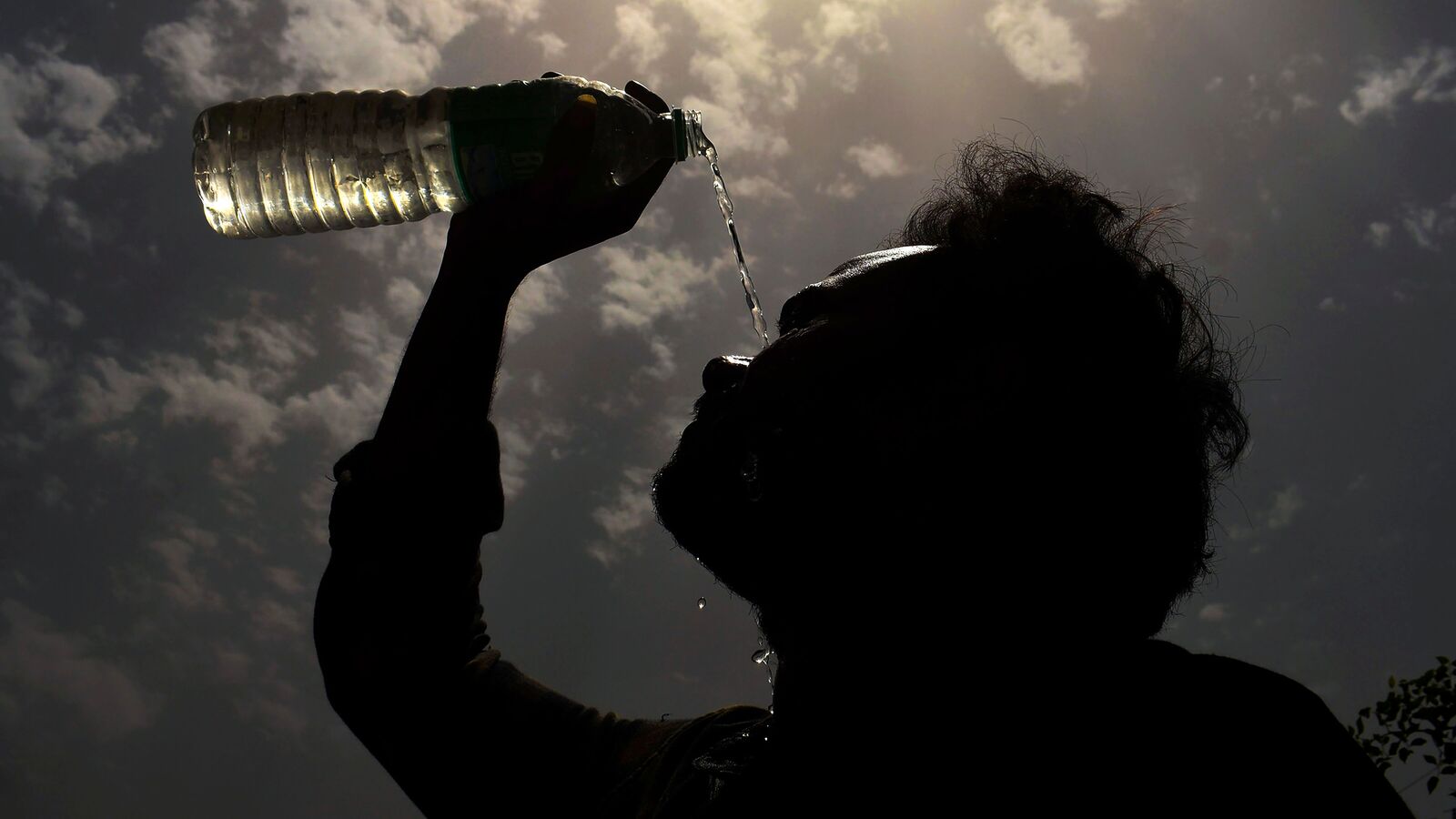When a heatwave killed more than 70,000 people in Europe in 2003, it was considered a once-in-a-millennium phenomenon. Today, experts say such scorching heat can be expected once every decade. Last year, June, July and August were the hottest months on record worldwide. August 2023 was, on average, 1.5°C warmer than the same month between 1850 and 1900. This year could be even worse.
Bad news is all over the screens this summer. In Saudi Arabia, when temperatures reached 50°C in the shade, 1,300 of the pilgrims who flocked to Mecca for the hajj have died. On June 23, 100 million Americans lived in areas under heat advisories, with Baltimore and Philadelphia approaching a scorching 40°C. Indians suffered 40,000 cases of heat stroke between March and mid-June, and Delhi recently experienced 40 consecutive days of temperatures above 40°C. Far from being a series of rare events, this is the new normal.
The good news, though, is that even when temperatures soar, deaths can be avoided and economic disruption minimized. Wealthy, warm places like Phoenix, Kuwait and Singapore are adapting, as parts of Europe did after that heat wave two decades ago. Instead of fainting helplessly, the rest of the world should watch and learn. The basic idea is simple: Get people out of the sun and into the cool.
Extreme heat can cause heat stroke, heart problems and dehydration. Populations unaccustomed to it are more vulnerable. So are the elderly, whose health is often fragile and who find it harder, if trapped, to move to a cooler place. And the poor suffer the most: they are more likely to work in the sun and live in crowded, poorly ventilated homes. A Mumbai slum can be 6°C warmer than nearby apartments.
Air conditioning, when affordable, is part of the solution. If it runs on renewable energy, it is not bad for the climate and can save lives. A study published in The Lancet found that in 2019 there were 345,000 heat-related deaths worldwide among those aged over 65, and that the number would have been 50% higher without air conditioning. That is why environmentalists are wrong to reject this wonder technology. Since the organisers of the Paris Olympics decided not to install air conditioners in the athletes’ rooms, many teams will simply bring their own.
Rethinking how cities are built can also help. Singapore architects design buildings to channel wind through the city, while a large tree plantation provides shade and retains moisture. However, redesigning a city takes time and a mountain of money. That’s why faster, cheaper solutions are needed.
Three points stand out. First, workplaces and schools need to be more flexible. In the US, states like California and Washington have rules requiring outdoor workers to rest in the shade and drink water when it gets too hot. More places need similar guidelines. In addition, children should be allowed to study from home and public events should be cancelled when the temperature gets too high.
The second step is to create more cooled public spaces to provide relief and shelter. Some American cities have “cooling centers,” as do others in India and Vietnam. These are often ordinary air-conditioned buildings, from libraries to offices, that can be temporarily opened to everyone. Even simple adaptations can make a difference: painting a ceiling white can reduce the indoor temperature by several degrees.
Finally, governments and citizens need to be better prepared, particularly in places not accustomed to scorching temperatures. After the 2003 emergency, France was forced to create a national plan for heat waves, with an early warning system and guidelines on everything from sporting events to training medical staff. During a record-breaking heat wave in 2019, the country had 90% fewer victims than in 2003.
Central governments should set the standards, but responsibility for enforcing them should be delegated to cities and towns. Because extreme heat varies according to local conditions, they are best placed to sound the alarm, and citizens can hold local governments to account if they fail to plan properly. Scorching summers are now inevitable, but increased suffering and death are not.
© 2024, The Economist Newspaper Ltd. All rights reserved. From The Economist, published under license. The original content can be found at www.economist.com
Catch all the Business News, Market News, Breaking News Events and Latest news Updates in Live Mint. Download Mint News App for daily market updates.
FurtherLess
Disclaimer:
The information contained in this post is for general information purposes only. We make no representations or warranties of any kind, express or implied, about the completeness, accuracy, reliability, suitability or availability with respect to the website or the information, products, services, or related graphics contained on the post for any purpose.
We respect the intellectual property rights of content creators. If you are the owner of any material featured on our website and have concerns about its use, please contact us. We are committed to addressing any copyright issues promptly and will remove any material within 2 days of receiving a request from the rightful owner.

